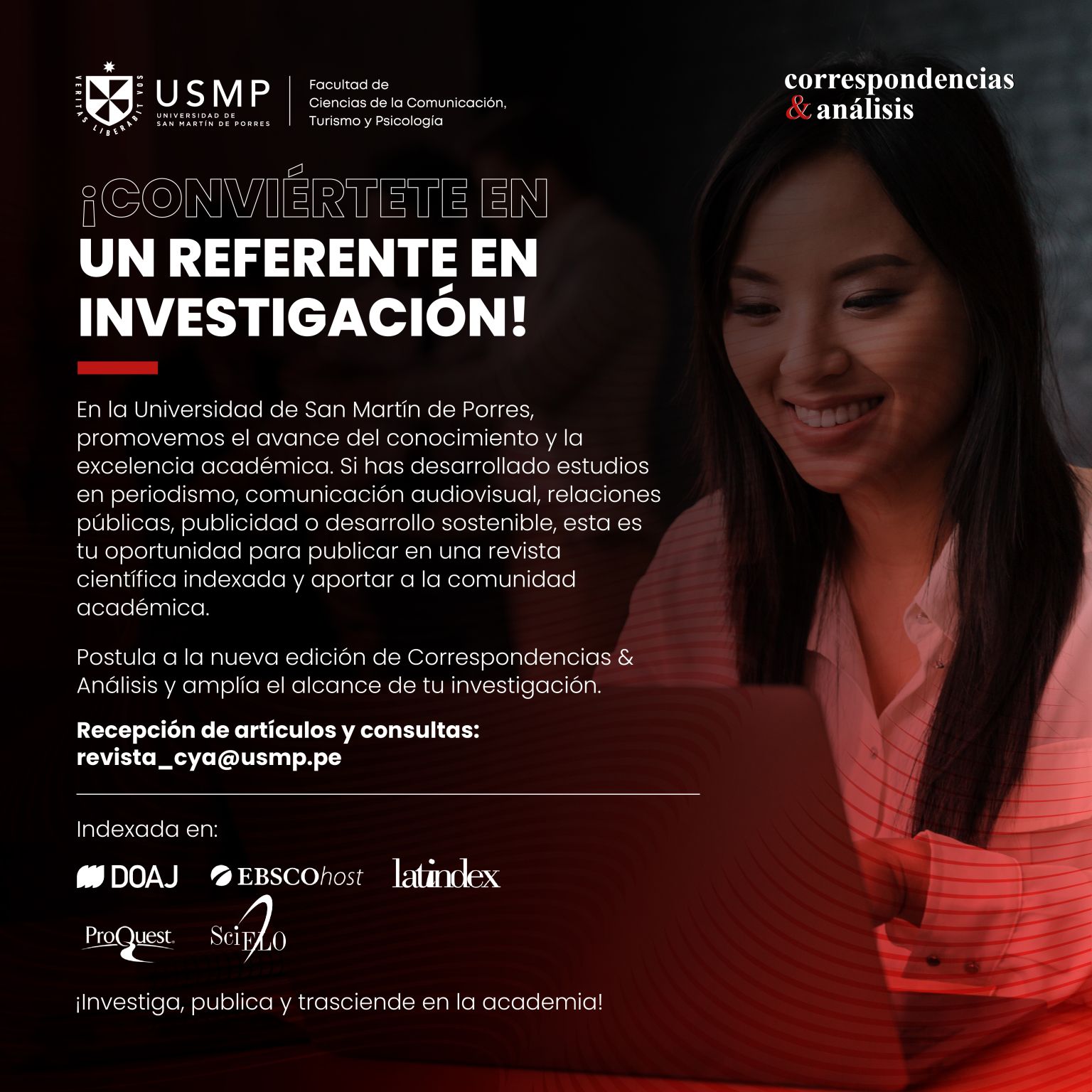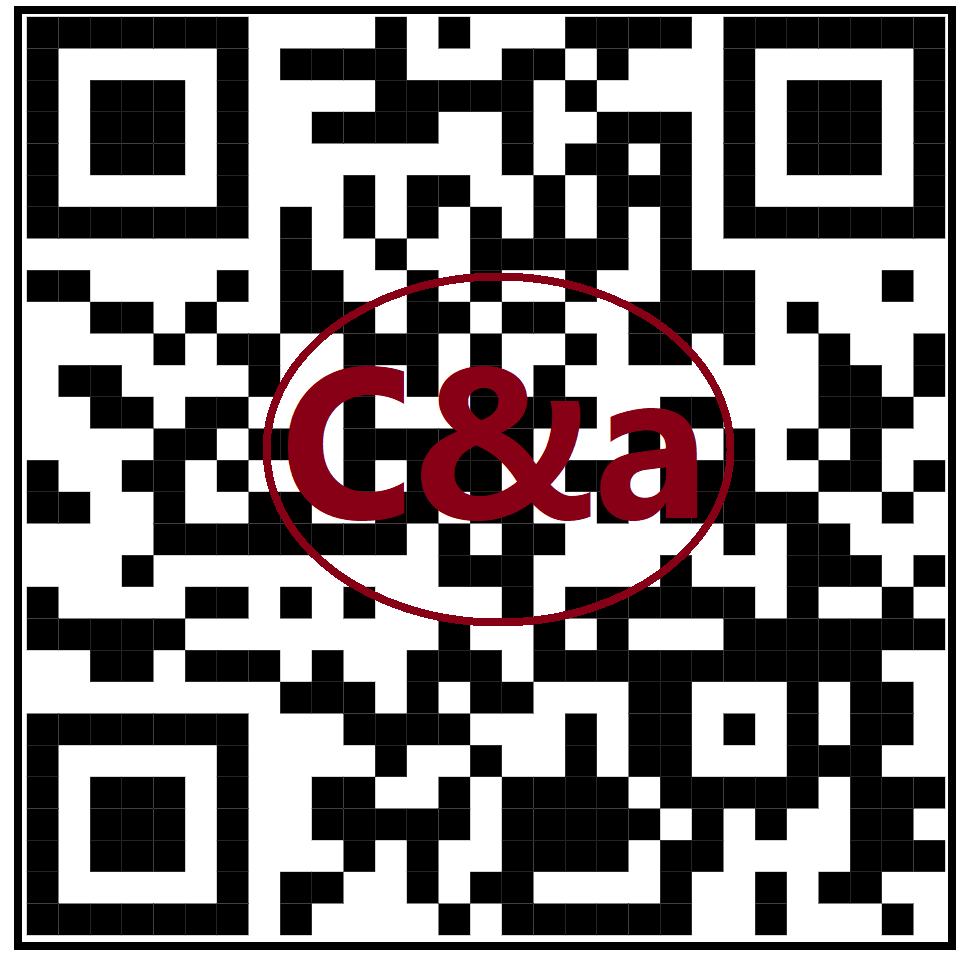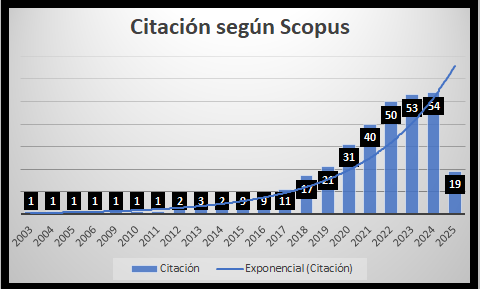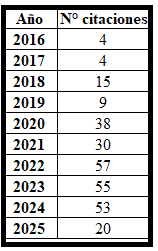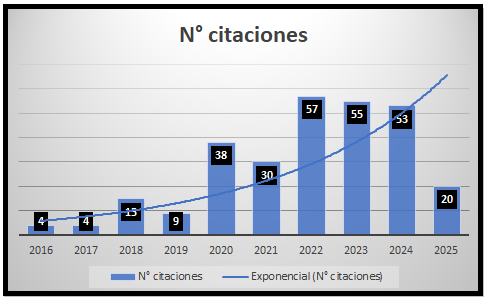Desinformación en los medios de comunicación y las redes sociales: una violación a los derechos de los migrantes
DOI:
https://doi.org/10.24265/cian.2025.n21.06Palabras clave:
desinformación, medios de comunicación, redes sociales, migrantes, Derechos Humanos, , vulnerabilidad socialResumen
Para llevar a cabo esta investigación se empleó una metodología de carácter cualitativo y de alcance descriptivo (Hernández Sampieri et al., 2014), en la que se realizó una revisión documental de los textos de las leyes 23.592, 24.515 y 25.871 de Argentina para conocer las estrategias que se emplean para refrenar la circulación de información falsa en los medios de comunicación. Asimismo, se efectuó análisis de artículos académicos e informes efectuados por organismos internacionales (OIM, OEI, ONU). Entre los hallazgos más importantes encontramos que es difícil hacer cumplir de manera total la normativa sin incurrir en casos de censura, lo que implica en la mayoría de los casos caer en un dilema moral. Entre las implicancias reales se encuentra que se deben proteger los derechos de los migrantes de difusión de información falsa que los afecte y, a su vez, refrenar cualquier acusación de censura, llevando a cabo acciones que permitan concientizar no solo a periodistas y comunicadores, sino también, a la población en general, acerca de la importancia de la gestión del buen uso de la información y de no replicar información que se sabe falsa, distorsionada o dudosa.
Métricas
Descargas
Referencias
Althusser, L. (1968). Reading capital (B. Brewster, Trans.). New Left Books.
Andrada-Zurita, C. Y. (2023). Lo evanescente. Ensayo sobre la cultura de la cancelación y sus formas de violencia. Buenos Aires: Imprenta de libros. ISBN 978-987-8910-77-2
Andrada-Zurita, C. y Manrique Quirós, M.F. (2022). Discriminación, xenofobia y vulneración de los derechos de los migrantes, en Slavin Pablo y otros (comp.). Debates en Filosofía y Ciencia Política 2022: XXII Jornadas Internacionales en Filosofía y Ciencias Jurídicas y Sociales, Mar del Plata, Universidad Nacional de Mar de Plata, 32-41. ISBN 978-987-811-077-6.
Bailey, OG, y Harindranath, R. (2005). La alteridad racializada. Periodismo: cuestiones críticas, 274-286.
Bryman, A. (2016). Social research methods (5th ed.). Oxford University Press.
Caldas-Coulthard, C. R. (2003). Cross-cultural representation of ‘otherness’ in media discourse. In Critical discourse analysis: Theory and interdisciplinarity (pp. 272-296). London: Palgrave Macmillan UK.
Dervin, F. (2012). Identidad cultural, representación y alteridad. En The Routledge handbook of language and intercultural communication (pp. 195-208). Routledge.
Dubrofsky, R. E.; Wood, M. M. (2014). Posting Racism and Sexism: Authenticity, Agency and Self-Reflexivity in Social Media. Communication and Critical/Cultural Studies, v. 11, n. 3, p. 282-287. https://doi.org/10.1080/14791420.2014.926247
Ecker, U. K. H., Lewandowsky, S., Cook, J., Schmid, P., Fazio, L. K., Brashier, N., Kendeou, P., Vraga, E. K., & Amazeen, M. A. (2022). The psychological drivers of misinformation belief and its resistance to correction. Nature Reviews Psychology, 1(1), 1. https://doi.org/10.1038/s44159-021-00006-y
Ekman, M. (2019). Anti-immigration and racist discourse in social media. European journal of Communication, 34(6), 606-618. https://doi.org/10.1177/0267323119886151
Engels, F. (1973). The part played by labour in the transition from ape to man. In K. Marx & F. Engels, Selected Works (Vol. 3, pp. 66-77). Progress Publishers.
Esses, V. M. (2021). Prejudice and discrimination toward immigrants. Annual review of psychology, 72(1), 503-531. https://doi.org/10.1146/annurev-psych-080520-102803
Georgiou, M. (2013). Diaspora in the Digital Era: Minorities and Media Representation. Journal on Ethnopolitics and Minority Issues in Europe. 12 (4), 80-99. Retrieved from: https://www.ecmi.de/fileadmin/downloads/publications/JEMIE/2013/Georgiou.pdf
Hall, S. (1992). Cultural Studies and Its Theoretical Legacies. In L. Grossberg, C. Nelson, & P. Treichler (Eds.), Cultural Studies (277-294). Routledge.
INADI (2020). Structural racism in the media (Accessed December 21, 2022). Available at: https://www.argentina.gob.ar/noticias/el-racismo-estructural-en-los-medios
INADI (2022). New National Plan against Discrimination. (Accessed July 20, 2022). Available at: https://www.argentina.gob.ar/inadi/nuevo-plan-nacional
Iprofesional. (2018). INADI investigates Crónica TV's controversial G20 posters. Accessed December 21, 2022. Available at: https://www.iprofesional.com/legales/282397-El-INADI-investiga-las-polemicas-placas-de-Cronica-TV-sobre-el-G20
John, R. (2018). Freedom of expression in the digital age: a historian’s perspective. Church, Communication and Culture, 4(1), 25–38. https://doi.org/10.1080/23753234.2019.1565918
Johnson, H. M., & Seifert, C. M. (1994). Sources of the continued influence effect: When misinformation in memory affects later inferences. Journal of Experimental Psychology: Learning, Memory, and Cognition, 20(6), 1420–1436. https://doi.org/10.1037/0278-7393.20.6.1420
Kozyreva, A., Lorenz-Spreen, P., Herzog, SM, Ecker, UKH, Lewandowsky, S., Hertwig, R., Ali, A., Bak-Coleman, J., Barzilai, S., Basol, M ., Berinsky, AJ, Betsch, C., Cook, J., Fazio, LK, Geers, M., Guess, AM, Huang, H., Larreguy, H., Maertens, R., Panizza,… Wineburg, S. (2024). Toolbox of individual-level interventions against online misinformation, Nature Human Behaviour, 8, 1044–105. https://doi.org/10.1038/s41562-024-01881-0
Law 23.592. (1988). Discriminatory acts. Buenos Aires: Ministry of Justice and Human Rights, Presidency of the Nation. Recovered from: https://www.argentina.gob.ar/normativa/nacional/ley-23592-20465/actualizacion
Law 24.515. (1995). National Institute against Discrimination, Xenophobia and Racism. Buenos Aires: Ministry of Justice and Human Rights, Presidency of the Nation. Recovered from: https://www.argentina.gob.ar/normativa/nacional/ley-24515-25031/texto
Law 25871. (2004). Migrations. Buenos Aires: Ministry of Justice and Human Rights, Presidency of the Nation. Recovered from: https://www.argentina.gob.ar/normativa/nacional/ley-24515-25031/texto
Luna, M. (2020). “What are you doing, coronavirus?” : the tasteless joke that ended in a brutal fight in a Chinese supermarket. Infobae. Retrieved from: https://www.infobae.com/sociedad/2020/02/26/que-haces-coronavirus-la-broma-de-mal-gusto-que-termino-en-una-brutal-pelea-en-un-supermercado-chino/
Mannarini, T., Veltri, G. A., & Salvatore, S. (2020). Media and social representations of otherness. Switzerland: Springer International Publishing.
Marx, K., & Engels, F. (1977). The German Ideology (R. Pascal, Trans). Lawrence & Wishart.
Mastrini, G. (2011). “Argentina: Media System.” In The International Encyclopedia of Communication, edited by Wolfgang Donsbach, 1–2. Chichester, UK: John Wiley & Sons. https://doi.org/10.1002/9781405186407.wbieca052.pub2
Merriam, S. B. (2009). Qualitative research: A guide to design and implementation. Jossey-Bass.
Moore-Berg, S. L., Hameiri, B., & Bruneau, E. G. (2022). Empathy, dehumanization, and misperceptions: A media intervention humanizes migrants and increases empathy for their plight but only if misinformation about migrants is also corrected. Social Psychological and Personality Science, 13(2), 645-655. https://doi.org/10.1177/19485506211012793
Ninth Ibero-American Conference of Culture. (2006, July 13-14). Ibero-american cultural charter. Montevideo (Accessed November 9, 2024). Available at: https://derechodelacultura.org/archivos/13537
OIM. (2017). “I am a migrant” is presented in Argentina: IOM and INADI join forces against discrimination, xenophobia and racism. (Accessed July 20, 2022). Available at: https://www.iom.int/es/news/soy-migrante-se-presenta-en-argentina-la-oim-y-el-inadi-se-unen-contra-la-discriminacion-la-xenofobia-y-el-racismo
Orr, M., & Husting, G. (2018). Media marginalization of racial minorities: “Conspiracy theorists” in U.S. ghettos and on the “Arab street.” In J. E. Uscinski (Ed.), Conspiracy theories and the people who believe them (pp. 82–93). Oxford University Press. https://doi.org/10.1093/oso/9780190844073.003.0005
Pennycook, G., Epstein, Z., Mosleh, M., Arechar, A. A., Eckles, D., & Rand, D. G. (2021). Shifting attention to accuracy can reduce misinformation online. Nature, 592(7855), 590–595. https://doi.org/10.1038/s41586-021-03344-2
Pennycook, G., y Rand, DG (2022). Los mensajes de precisión son un enfoque replicable y generalizable para reducir la propagación de información errónea. Nature Communications, 13 (1), 2333. https://doi.org/10.1038/s41467-022-30073-5
Rauch, S., Schanz, K. (2013). Advancing racism with Facebook: Frequency and purpose of Facebook use and the acceptance of prejudiced and egalitarian messages. Computers in Human Behavior, v. 29, n. 3, p. 610-615.
Roozenbeek, J., y van der Linden, S. (2018). The fake news game: actively inoculating against the risk of misinformation. Journal of Risk Research, 22 (5), 570–580. https://doi.org/10.1080/13669877.2018.1443491
Santamaría Graff, C. C. (2017). ‘Build That Wall!’: manufacturing the enemy, yet again. International Journal of Qualitative Studies in Education, 30(10), 999–1005. https://doi.org/10.1080/09518398.2017.1312592
Tsoukala, A. (2017). Looking at migrants as enemies. In Controlling frontiers (pp. 161-192). Routledge.
United Nations. (1948). Universal Declaration of Guman Rights. Retrieved from: https://www.un.org/en/about-us/universal-declaration-of-human-rights
United Nations. (2007). Fribourg Declaration on Cultural Rights. Switzerland: University of Fribourg (Accessed June 6, 2022). Available at: https://www.unifr.ch/ethique/en/assets/public/Files/declaration-eng4.pdf
Zilinsky, J., Theocharis, Y., Pradel, F., Tulin, M., de Vreese, C., Aalberg, T., Cardenal, AS, Corbu, N., Esser, F., Gehle, L., Halagiera, D., Hameleers, M., Hopmann, DN, Koc-Michalska, K., Matthes, J., Schemer, C., Štětka, V., Strömbäck, J., Terren,… Zoizner, A. (2024). Justificar una invasión: ¿Cuándo tiene éxito la desinformación? Comunicación política, 1–22. https://doi.org/10.1080/10584609.2024.2352483
Descargas
Publicado
Número
Sección
Categorías
Licencia
Derechos de autor 2025 Carolina Andrada-Zurita

Esta obra está bajo una licencia internacional Creative Commons Atribución 4.0.
En caso de que el manuscrito sea aprobado para su próxima publicación, los autores conservan los derechos de autor y ceden a la revista el derecho de la publicación, edición, reproducción, distribución, exhibición y comunicación en el país de origen, así como en el extranjero, mediante medios impresos y electrónicos en diferentes bases de datos.
Para que quede constancia de este procedimiento, el autor debe llenar los siguientes formatos:
Formato 1 - Datos de autores.
Formato 2 - Declaración jurada sobre originalidad y autorización para la publicación de artículos.
Formato 3 - Conformidad con la ciencia abierta.

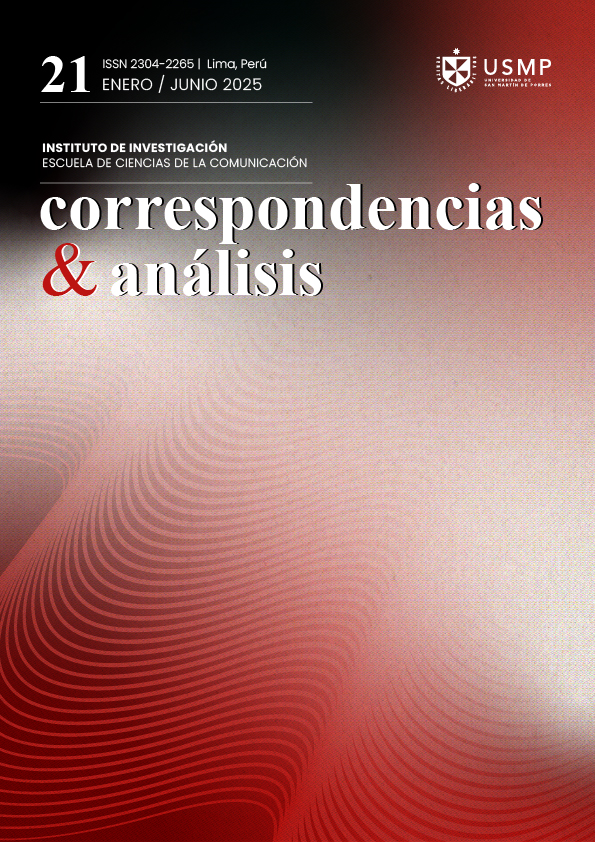




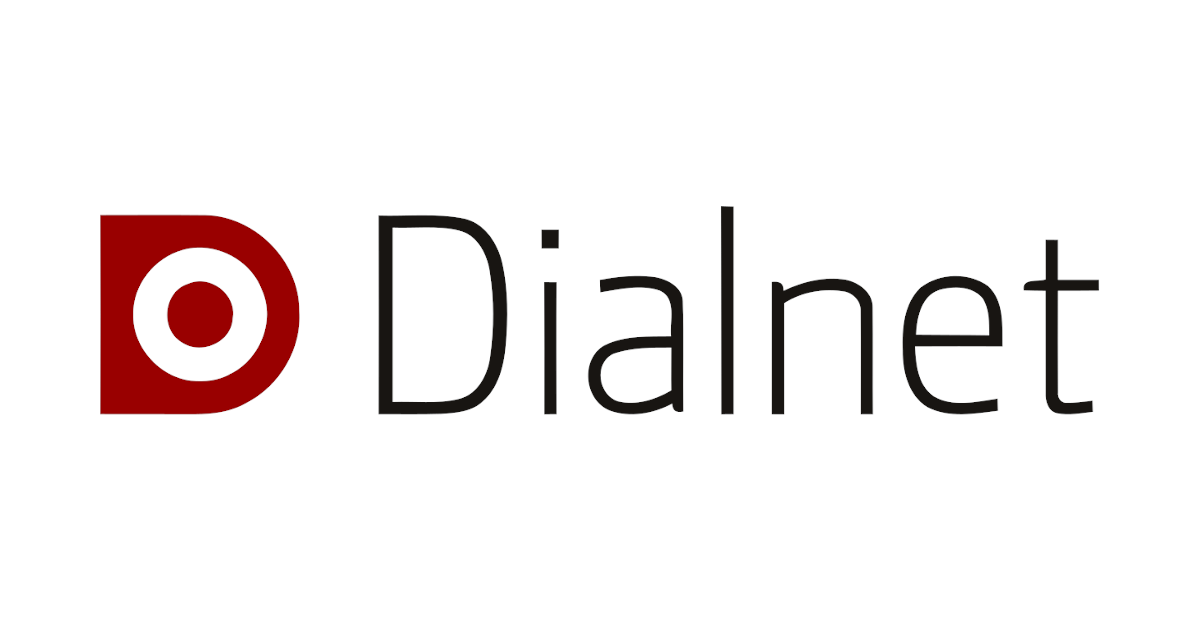

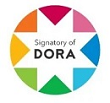
2.png)


